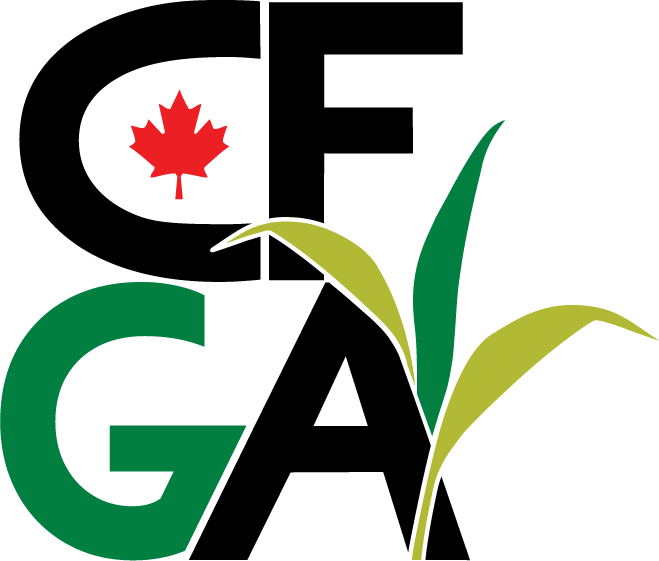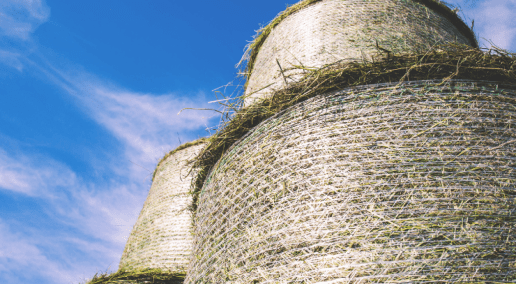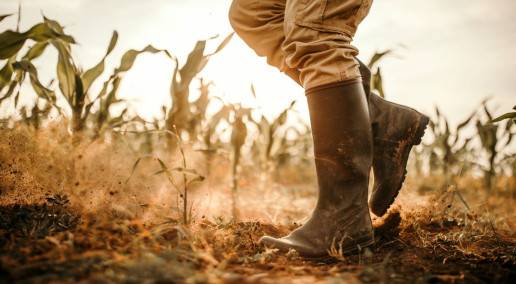In this session Valérie Poulin and Alain Beautlieu talked about domestic and export forage and quality parameters and packaging for domestic and export forages.
Valérie Poulin is a commercial hay and dairy producer. Their farm now produces 150,000 small bales a year and has a total of six employees.
Alain Beaulieu began his career in the hog sector. He then started a career in agricultural education, first in dairy production and then Agricultural Management (GTEA). He has been a member of the Weedon CUMA since 2008, a director from 2016 to 2019 and president since 2020.
Valérie’s presentation looks at maximizing export forage quality, retail pricing and profitability of the export forage enterprise. All hay from Valérie’s farm goes to the horse market. The best quality hay has no dust or additives, uses the least possible amount of herbicides and is as green as possible. The goal is to grow 150, 000 bales. If it is an extra good year, they aim to get an extra 20, 000 bales. They will have no problem selling it. Draughts cause an increase in prices, but they decided to keep the same price so that customers stay happy and are retained for the next year.
Alain Beautlieu’s presentation looks at maximizing export forage quality, retail pricing and profitability of the export forage enterprise. Alain’s farm moved fully into hay production over field crops in 2017. They have a team of four: two machine operators, a farm business coordinator/loader/teacher, and their farmer neighbor, who is the main operator.
They mainly grow grasses, millet, fescue, brome, orchard grass, reed, trefoil, and withdrew from growing red clover and alfalfa, due to the time it takes to dry. They have two cuts per year, except for fescue and orchard, which have three.
They make some local sales to dairy-sheep, otherwise they work with two to three brokers. They work with multiple customers, even if one broker wants to buy it all, since it’s more secure to have more buyers in case there are problems. Annual production is 75,000 small bales.
By overseeding and not tilling, Alain says that they are able to turn around bad situations. They apply chicken manure in spring as an effort to limit run off. Rollers trample and cause seeding. Instead they harvest quickly with two twelve foot mowers in early June. Farmers should rake crops a minimum of one hour before harvest. They have 2 balers, with double grippers, that increase the efficiency of loading and unloading to 3000 bales per load. In one day they can produce 4000 to 5000 bales with this team of 4 people.
There is a new hay storage with a solar dryer that pulls air under the roof through 4 fans, it draws 10 degree heat out, and has a drying corridor in the center. It also has a mobile trailer fan dryer that can dry 400 bales at a time, if in a pinch.
To improve production methods they added short walls and pallets in the drying tunnel corridors, and added a shelf on the loading table. For inventory, they have a labeled rope with numbers so they know when the load is full, even if dark. The north side door is made of trucker tarps sewn together so that it breathes.
They make an effort to take care of the environment, and have a good establishment so they don’t need to till. This protects riverbanks, and sequesters soil carbon. This should be recognized more and we should do our part to protect the environment! Farmers who would like to add hay to their production, can ask a neighboring hay producer for help to get started.
Hyperlinks:
Valérie Poulin: https://www.canadianfga.ca/staff/valrie-poulin-7/
Alain Beautlieu: https://www.canadianfga.ca/staff/alain-beaulieu-9/
Back to Carlene Schneider



Leave a Comment